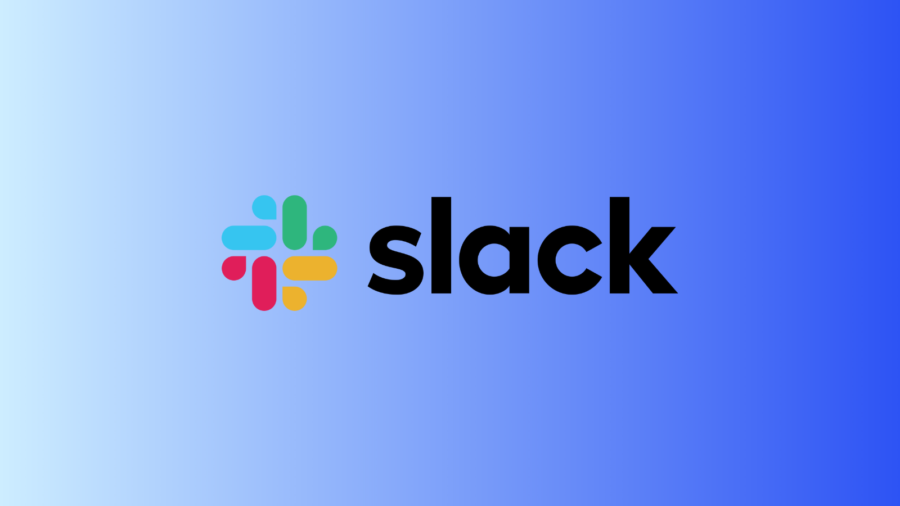Introduction
Slack, founded in 2013 by Stewart Butterfield, has revolutionized workplace communication and collaboration by offering a platform that streamlines team interactions, file sharing, and project management. At the core of its success lies a comprehensive product analytics strategy that enables the company to enhance user experience, drive adoption, and continually evolve its features. This in-depth case study explores how Slack leverages product analytics to shape its decisions, optimize user engagement, and maintain its status as a leader in the collaboration software space.
Business Context
Slack’s primary objectives revolve around increasing team productivity, fostering efficient communication, and expanding its user base. To achieve these goals, the company employs a robust product analytics framework that encompasses user behavior analysis, feature adoption tracking, A/B testing, and platform optimization.
User Behavior Analysis
Slack excels in understanding user behavior through detailed analysis of interactions, messaging patterns, and collaboration activities. By diving into this data, Slack gains profound insights into how teams communicate, which channels are most active, and what type of content is frequently shared. This granular analysis empowers Slack to make informed decisions about refining its features and offerings to better cater to user preferences and workflow needs.
Feature Adoption and Engagement
Product analytics plays a pivotal role in assessing the adoption and engagement rates of Slack’s features. The platform tracks metrics such as the usage of channels, direct messages, file sharing, integrations, and search functionality. By understanding which features are popular and which may require improvement, Slack can prioritize feature enhancements, optimize user workflows, and enhance overall user satisfaction.
Data-Driven Product Iteration
Slack’s product development approach is deeply rooted in data-driven iteration. Slack continually enhances its platform by analyzing user feedback, usage patterns, and performance metrics. For instance, feedback about search functionality could lead to refining search algorithms to ensure users can quickly find messages, files, and information. This iterative process ensures Slack remains relevant and aligned with user needs.
Personalization through User Segmentation
Slack employs product analytics to segment users based on factors like team size, industry, and usage patterns. This segmentation enables Slack to personalize communications, feature recommendations, and support interactions to cater to the unique needs of different user groups. This personalized approach enhances user engagement by providing relevant information and guidance.
A/B Testing for Enhanced User Experience
A/B testing is integral to Slack’s product optimization strategy. The company frequently tests variations of user interfaces, communication strategies, and feature implementations to measure their impact on user behavior and engagement. For example, Slack might experiment with different ways of presenting notifications to determine which approach leads to higher user responsiveness and engagement, thereby refining the notification system.
Platform Performance and Scalability
Product analytics also extends to monitoring platform performance and scalability. Slack tracks metrics related to uptime, response times, user-reported issues, and system load during peak usage. By analyzing this data, Slack identifies areas where performance improvements are needed, ensuring a reliable and seamless user experience even during periods of high demand.
Global Expansion Strategy
Slack’s user-centric global expansion is supported by product analytics, providing insights into viewing habits and content preferences in different regions. With a vast international user base, understanding local nuances is essential. By analyzing data, Slack tailors its content catalog and marketing strategies to resonate with regional audiences, thus maintaining its relevance and appeal across diverse markets.
Impact and Benefits
Slack’s strategic use of product analytics offers several tangible benefits
1. User-Centric Enhancements Deep user behavior analysis informs data-driven decisions that enhance the platform’s usability, resulting in a seamless and enjoyable experience for users.
2. Optimized Feature Adoption By monitoring and optimizing feature engagement, Slack enhances user satisfaction, ultimately leading to higher adoption rates.
3. Continuous Evolution Data-driven product iteration ensures Slack’s platform remains dynamic and user-centric, evolving in response to user feedback and emerging trends.
4. Personalized Interactions User segmentation and personalization enhance user engagement by providing tailored information, recommendations, and support.
5. Reliable Performance Monitoring performance through analytics guarantees a stable and seamless platform experience, enhancing user trust and satisfaction.
Conclusion
Slack’s position as a leader in workplace collaboration is a testament to its adept use of product analytics. By analyzing user behavior, optimizing feature adoption, conducting A/B testing, and ensuring platform reliability, Slack remains a crucial tool for enhancing team communication and productivity. As remote work and digital collaboration continue to evolve, Slack’s commitment to data-driven decision-making positions it well to adapt and innovate, solidifying its status as a pivotal player in the dynamic realm of workplace collaboration tools.





